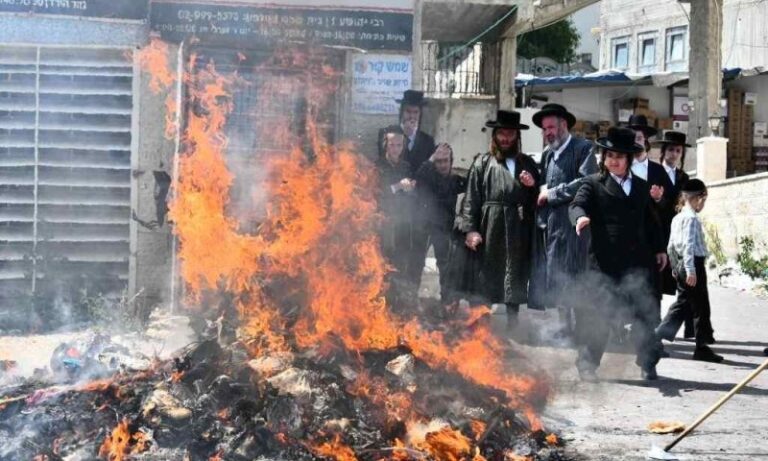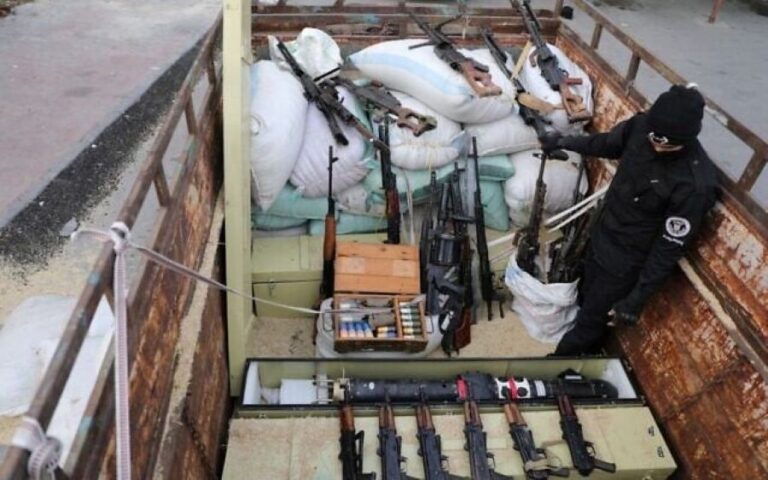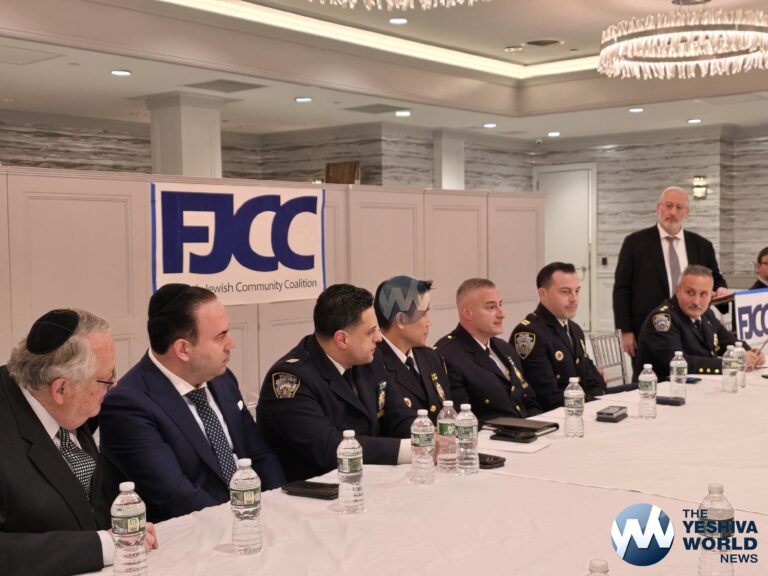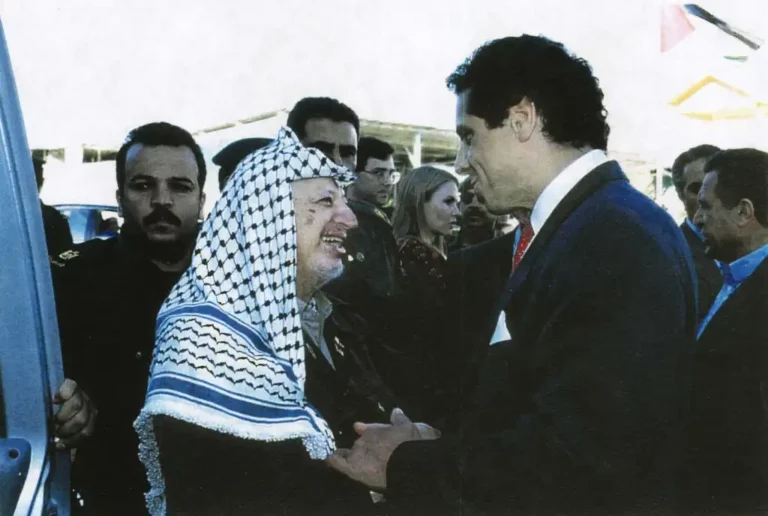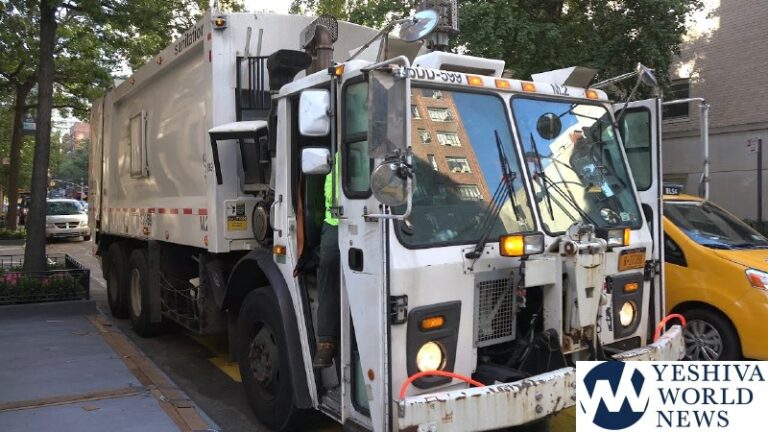 The following is meant as a convenient review of Halachos pertaining to Yom Tov. The Piskei Din for the most part are based purely on the Sugyos, Shulchan Aruch and Ramah, and the Mishna Berura, unless stated otherwise. They are based on my understanding of the aforementioned texts through the teachings of my Rebeim. As individual circumstances are often important in determining the psak in specific cases, and as there may be different approaches to some of the issues, one should always check with one’s Rov first.
The following is meant as a convenient review of Halachos pertaining to Yom Tov. The Piskei Din for the most part are based purely on the Sugyos, Shulchan Aruch and Ramah, and the Mishna Berura, unless stated otherwise. They are based on my understanding of the aforementioned texts through the teachings of my Rebeim. As individual circumstances are often important in determining the psak in specific cases, and as there may be different approaches to some of the issues, one should always check with one’s Rov first.
Rabbi Krakowski is the Rov Hamachshir for OU Kashrus in Eretz-Yisroel. He served as Rov of Kehilas Torah Vechssed. Rabbi Krakowski is a posek and Motz in Rechavia and Shaarei Chesed neighborhoods of Yerushalyim. Rabbi Krakowski learned in Beis Hamedrash and Mesivta of Baltimore, Shaar HaTorah Grodna in Queens, South Fallsburg, and Brisk.
Yom-Tov is similar to Shabbos in many ways. On Shabbos and Yom-Tov it is forbidden to do Melacha. There are 39 Melachos that are forbidden on Shabbos and Yom-Tov. Doing Melacha on Shabbos is a capital crime, while doing Melacha on Yom-Tov is punishable by lashes.
On Yom-Tov there are various exceptions to Issur Melacha. These exceptions are based on the Passuk that allows us to do Melachos required for Ochel Nefesh – food preparation. Chazal explain that once a Melacha was allowed by the Torah for food preparation the Torah sometimes “so to speak” permitted it for certain other purposes as well. At the same time, Chazal explain that the there are certain instances and certain Melachos that even for food preparation purposes aren’t permitted. The following is meant to outline when Melachos are permitted on Yom-Tov and to explain the extent to which they are permitted.
Many of the Halachos that are particular to Yom-Tov such as Hilchos Shechita and the Halachos pertaining to harvesting aren’t so applicable in most Frum communities nowadays and therefore will not be discussed.
When are you allowed to do Melachos for food preparation:
- The Melachos that are generally allowed on Yom-Tov are: Melachos that are absolutely necessary for food preparation (i.e. Shechita and similar Melachos)
- These Melachos are only permitted if they cannot be done before Yom-Tov, or if they involve items that are considered considerably better fresh (i.e. kneading and baking bread is thus permitted on Yom-Tov while in most circumstances it is prohibited to harvest or grind flour on Yom-Tov).
- Even when particular Melachos are permitted on Yom-Tov they cannot be done in a way that is a Zilzul in Yom Tov.
- The Torah allowed the preparation of food items on Yom-Tov only so that there should be what to eat on Yom-Tov. Therefore, the Melachos that are allowed on Yom-Tov are only allowed in order to prepare for Yom-Tov itself. Items that are intended for use for only after Yom-Tov cannot be prepared on Yom-Tov.
- Food that is left over after Yom-Tov is all right to use.
i. One may prepare food in generous amounts on Yom-Tov even if it is likely that it will be more than enough for Yom-Tov. This is so long as it could theoretically (and may) be consumed during Yom-Tov.
- Even when Yom-Tov is on Erev Shabbos food may not be prepared for Shabbos. (Please see the separate section on Hilchos Eruv Tavshilin to see what can be done in order to allow oneself to be able to prepare for Shabbos on Yom-Tov).
- Since food can only be prepared for Yom-Tov use one may not prepare food for a non-Jew on Yom-Tov.
i. One should preferably not invite a gentile to come over (to eat) on Yom-Tov.
- If there is fear of creating animosity from the gentile towards Jews, it is then permissible to invite or allow a gentile to come and partake in a meal on Yom-Tov.
- Special care should be taken to make sure not to cook anything specifically for the gentile. Likewise care should be taken to ensure that one doesn’t add more to an already cooking item in order to have more for the gentile. However if more is being added for the sake of Jews than extra may be added for the gentile as well.
ii. When someone has non-Jewish workers (i.e. maids etc.) working in one’s home during Yom-Tov, one cannot prepare food for them.
- The best thing to do is to allow them to take from already cooked food that was cooked for everyone else.
- It is important to remember that one should not allow the goy to cook for himself/herself as this would present Bishul akum issues and would render the pots/pans etc. not Kosher.
- If a goy did cook for himself/herself with your utensils ask your Rov whether Kashering is required.
iii. It is preferable not to send gifts of food to a gentile on Yom-Tov. If this cannot be avoided then it should be sent from food that was made without the gentile in mind. No matter what, it cannot be prepared specifically for the goy.
- As mentioned earlier, in a pinch one could add extra food for a non-Jew either when initially placing the food to cook, or if one is adding anyway for Jews as well.
- One may not light a new fire from scratch on Yom-Tov. However one may light a new flame from a preexisting flame.
i. One may raise a preexisting flame on a gas stove
ii. On an electric stove one cannot raise the heat setting.
- There are some models that may work in a way that one could raise the heat setting. Anyone who thinks he may have such a stove top should consult with a competent Halachic authority.
iii. One may light a gas flame if one does so by using an existing flame to light the new one (e.g. by taking an already lit candle or lighting a match from an already lit candle). When lighting a stovetop with a spark igniter special care must be taken to make sure not to initiate any sparks (i.e. one must open the gas directly and not press on the igniting mode – this can generally be detected by the click click of the stove).
- After lighting the stove one should be careful not to extinguish the candle or match used for lighting the gas (one should rather let it burn out).
- One may not extinguish a flame or fire on Yom-Tov.
- On a standard electric stove one cannot turn down the coil even if the indicator light is off. If the indicator light is off and the coil is black then one can turn down and even turn off the particular heating element.
- A gas flame should not be turned down.
i. Many of the poskim were lenient if someone’s food would burn without turning down the flame. However this leniency would only apply if one does not have the option of lighting an additional flame at a lower setting.
ii. A gas flame which is not attached to a gas line but rather to a gas balloon (as is frequent in Yerushalayim) may be turned down if someone is worried that there will not be enough gas to last until he end of Yom-Tov otherwise.
- One may bake or cook in an oven that was left on over Yom-Tov.
- If one has a gas oven that can be lit safely with a preexisting flame, one may then do so.
i. Older or industrial ovens that have a pilot light may be lit on Yom-Tov without a using another preexisting flame.
ii. The flame on a gas oven can be raised whenever the flame is on (when there is a mechanical dial. If raising the temperature up can only be done by using buttons, or if there is a digital temperature control mechanism, one may not alter the oven setting at all). Therefore before raising the temperature in a gas oven one should check to make sure that the flame is on.
- An electric oven cannot be lit on Yom-Tov.
i. If the coil is red and the oven indicator light is on then the temperature may be raised.
- With regard to lowering the temperature please refer to the halachos of lowering stove tops (4 a, and b).
- One may remove undesired pieces of food from the desired pieces if there are more of the desired parts. If the undesirable pieces are more than the desirable pieces then the desirable pieces should be removed instead.
- One may not sift flour on Yom-Tov.
i. If the flour has already been sifted before Yom-Tov and the point of sifting it again is only to air out the flour, one may then sift the flour.
ii. In general most sifters should not be used for sifting most foods.
- One can rinse vegetables on Yom-Tov to clean them from bugs or from dirt.
- One should not grind spices, but one is permitted to crush them.
- Salt should not be ground or crushed on Yom-Tov.
- If someone needs to crush/grind salt on Yom-Tov one should do so with a שינוי — in an unusual manner (i.e. not in a salt grinder, but rather by taking a spoon or the like and crushing the salt into finer granules).
- One is not permitted to squeeze juice from a fruit on Yom-Tov.
- One may squeeze the juice from a fruit onto a piece of food as on Shabbos.
- One cannot measure even ingredients with standard measuring cups on Yom Tov; one should rather approximate.
- One may carry in the public domain (or from one domain to another) on Yom-Tov even if is not for the sake of food. However one should not carry something that will not be used on Yom-Tov.
- If there is an Eiruv, then one may carry in public domain (or from one domain to another) anything that is not muktzeh (as on Shabbos) even if the item will not be used on Yom-Tov.
- One may light a fire from a preexistent flame on Yom-Tov for the purpose of warming oneself.
- The halachos pertaining to modern day heaters are similar to those of ovens and stoves (please refer to those sections).
- One may warm water on Yom-Tov to bathe a baby or to wash their face.
i. It is prohibited to wash one’s entire body (even part by part) with warm water on Yom-Tov.
- One may use the mikve as on Shabbos.
- Shabbos timers can be adjusted on Yom-Tov in the following ways:
- To stay on longer both while the timer is in the “on” mode and while the timer is in the “off” mode.
- To stay off longer while the timer is in the “off” mode.
- The timer may not be adjusted to turn off earlier while the timer is in the “on” mode.
- The timer may be adjusted to turn off earlier while the timer is in the “off” mode.
- A timer may be used in the aforementioned ways to help with electronic cooking and heating/cooling devices.
i. It is best to alter the settings in an unusual way (i.e. one should use a toothpick to pull out or push in the pegs) this applies to entire section 13.
ii. Obviously one may only alter the setting on a mechanical basis and not when it involves electronic buttons or digital displays (this also applies to entire section 13).
Other Halachos of Yom-Tov:
- During the times of the Batei Mikdash everyone would purify themselves by immersing in a mikve. This was done as a prerequisite for entering the Har-Habayis. Nowadays it is customary to go to the Mikve Erev Yom Tov (for Halachos pertaining to the mikve please see Hilchos Rosh Hashana or Yom-Kippur documents).
- On Yom-Tov one (all men are) is required to spend approximately half their day in Torah study and half their day doing things they enjoy. If someone enjoys learning Torah it is needless to say they can do so for the majority of the day. (On Rosh Hashana until after davening one should be apprehensive and fearful of his judgment. After Davening one should be very happy and content that certainly his judgment was favorable).
- One should wear their nicest clothing on Yom-Tov.
- One should try to eat a portion of meat (preferably beef, lamb, or something that could have been brought for a Korban) and drink a portion of wine on Yom-Tov.
- A married man should buy his wife something new for Yom-Tov (e.g. jewelry and/or clothing). One should also buy their children something for Yom-Tov (as most children don’t especially enjoy new clothing it is best to by them some sort of toy or special candy item).
(YWN World Headquarters – NYC)


